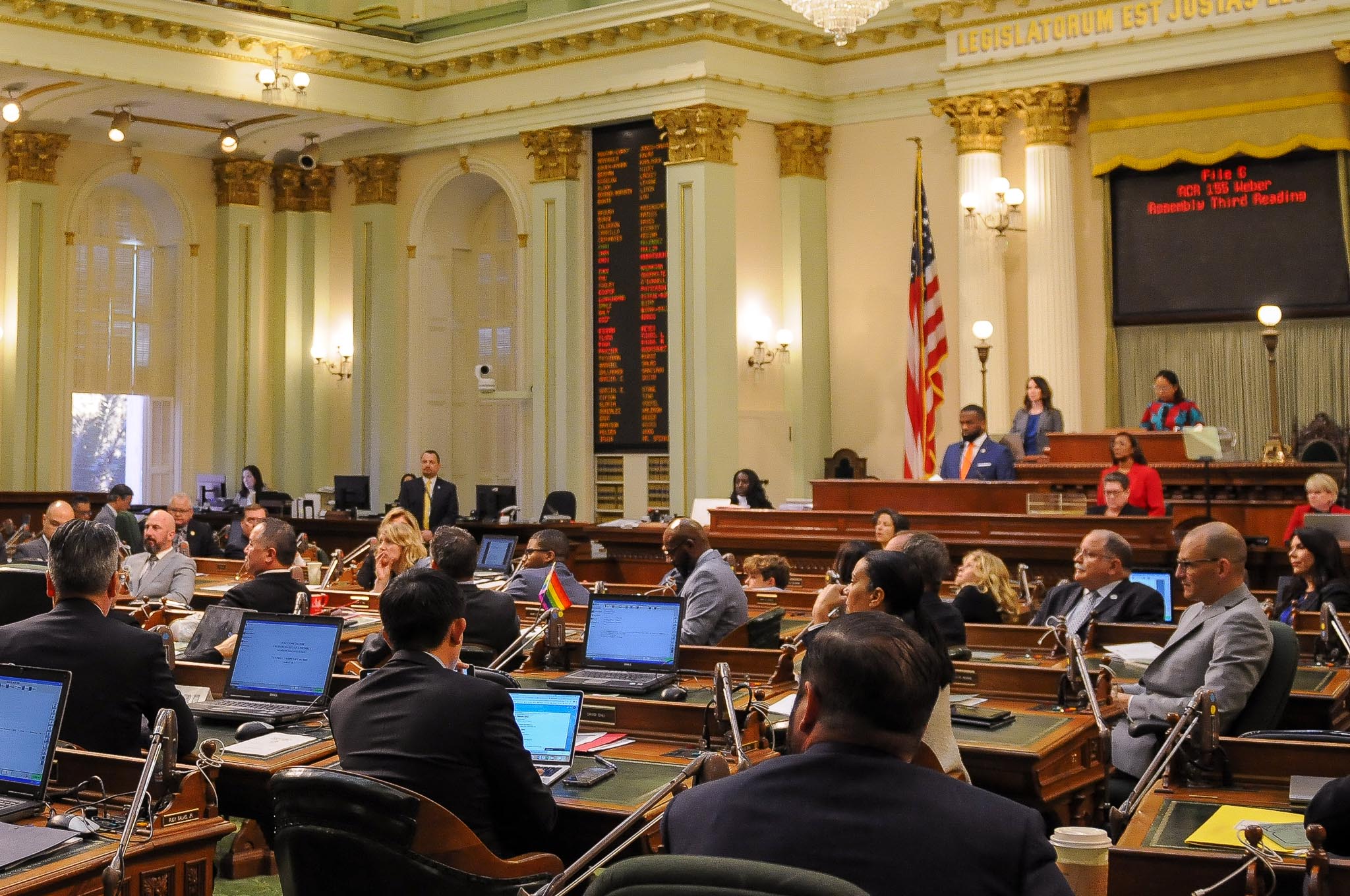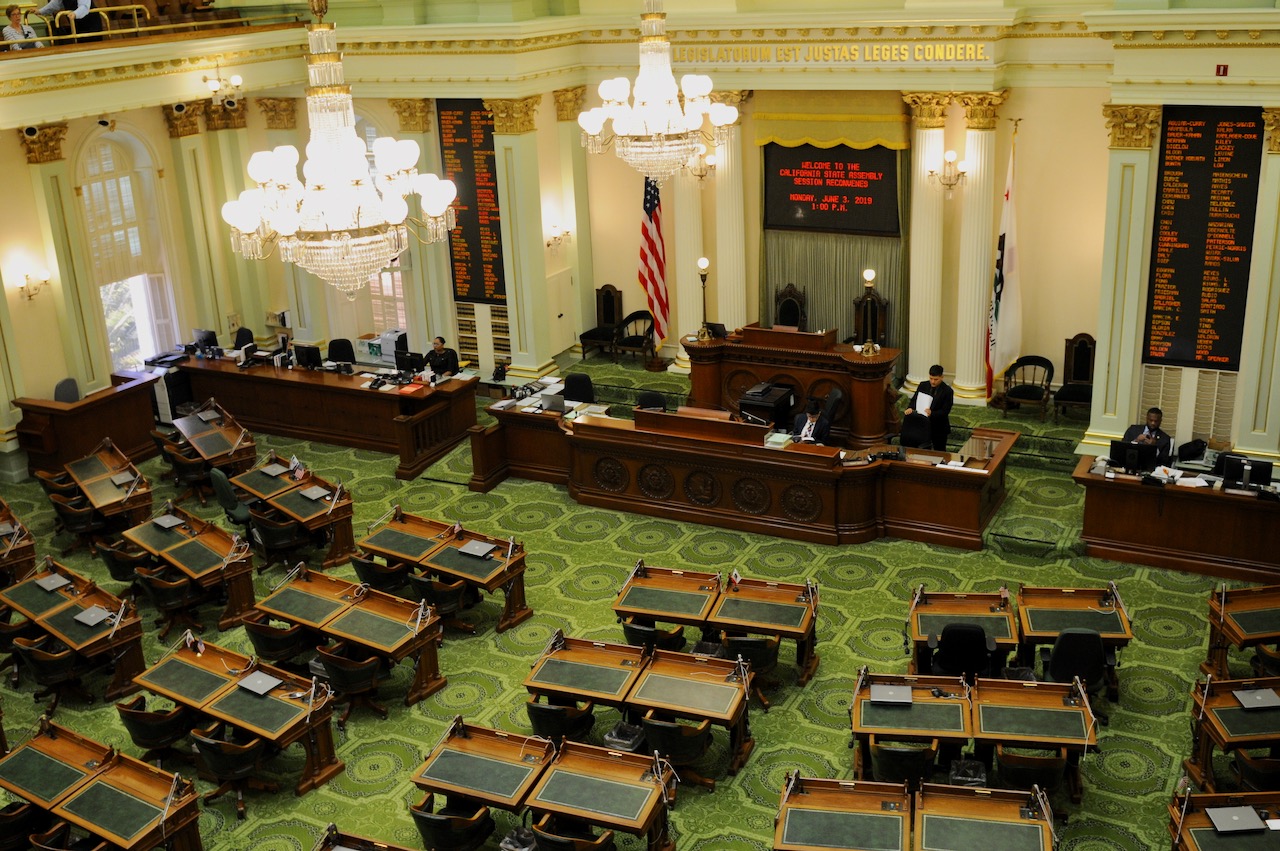
California State Capitol. (Photo: Kevin Sanders for California Globe)
Creating a Joint Powers Authority in Legislation
These authorities are important tools for local agencies to utilize
By Chris Micheli, April 14, 2022 7:09 am
On occasion, a new “joint powers authority” is created in California state law. How is that done?
California’s Government Code in Title 1, Division 7, Chapter 5 (“Joint Exercise of Powers”) contains Sections 6500 – 6539.7. Section 6500.1 specifies that Chapter 5 is known and cited as “the Joint Exercise of Powers Act.” The Act basically authorizes 2 or more public agencies by agreement to exercise any power common to the contracting parties.
Government Code Section 6502 provides that, if authorized by their legislative or other governing bodies, two or more public agencies by agreement may jointly exercise any power common to the contracting parties including, but not limited to, the authority to levy a fee, assessment, or tax, even though one or more of the contracting agencies may be located outside this state.
In addition, Section 6502.7 states, if authorized by their legislative or other governing bodies, two or more public agencies which have the authority to identify, plan for, monitor, control, regulate, dispose of, or abate liquid, toxic, or hazardous wastes or hazardous materials may, by agreement, jointly exercise any of these powers common to the contracting parties. And, the contracting parties may provide special services, including persons specially trained, experienced, expert, and competent to perform these special services.
Bills amending the Act are usually to authorize specific private entities to enter into a joint powers agreement with a public agency for a specified purpose. In such a case, the bill must specify what services are to be private, for what purpose, a board to govern the entity formed, etc.
For example, a reader may see in a bill language such as the following example:
(a) Notwithstanding any other provision of this chapter, one or more private, nonprofit mutual benefit corporations that are organized pursuant to Section 501(c)(3) of the Internal Revenue Code, formed for purposes of providing services to ____ may join a joint powers agency or enter into a joint powers agreement with one or more public agencies otherwise established pursuant to this chapter. Any joint powers agency formed pursuant to a joint powers agreement as described in this subdivision shall be deemed a public entity, as described in Section 6507.
(b) The purpose of a joint powers agency or agreement formed pursuant to subdivision (a) shall be to facilitate the ____.
(c) An agency formed pursuant to subdivision (a) shall be governed by a board of directors, the composition of which shall be determined by the participating public agency or agencies. The representation of private, nonprofit mutual benefit corporations on the board of directors shall not exceed 50 percent.
(d) This section shall remain in effect only until January 1, ____, and as of that date is repealed.
These bills have several fundamental provisions in order to ensure that a joint powers authority is properly established and meets the requirements of existing law. These authorities are important tools for local agencies to utilize.
- Third Quiz on Where Areas of Law Are Found in the California Codes - December 30, 2025
- Management of Unclaimed Property - December 30, 2025
- Petitions and Responses in Arbitration - December 29, 2025





One thought on “Creating a Joint Powers Authority in Legislation”